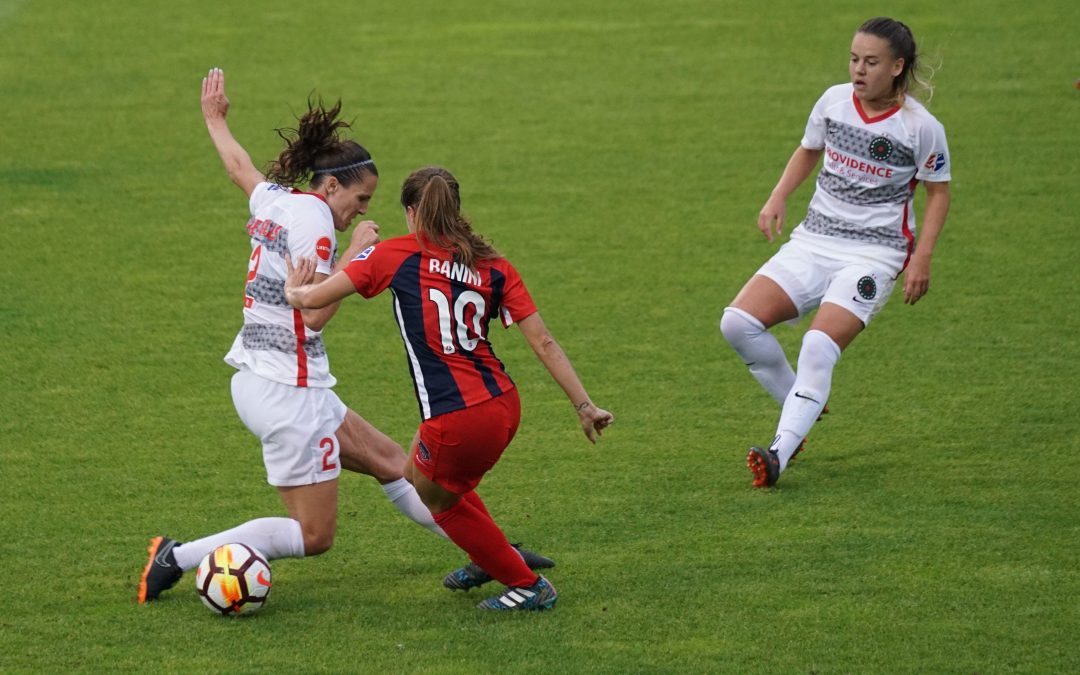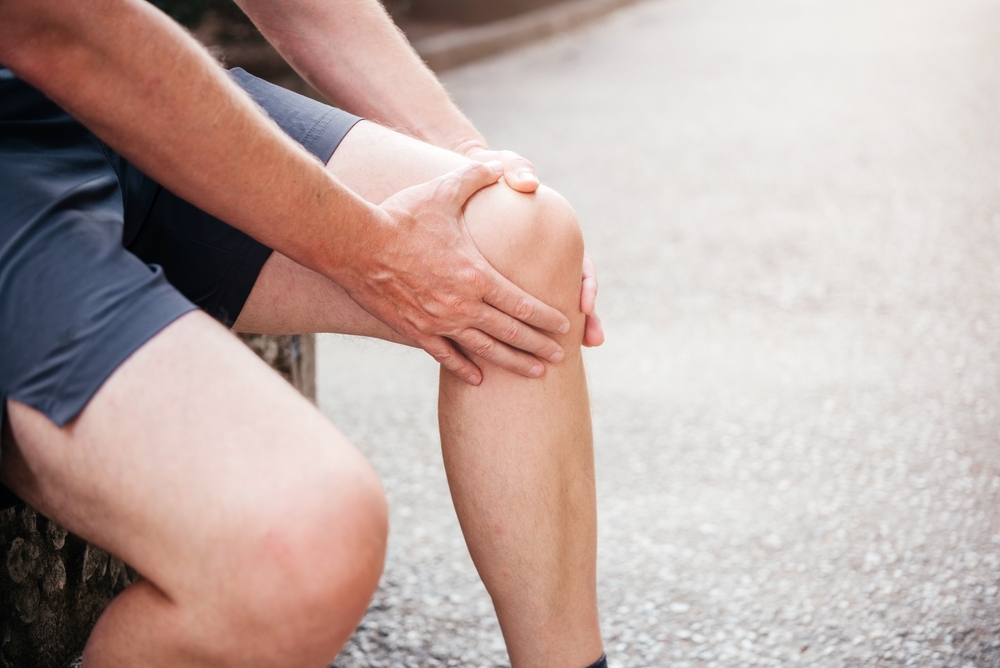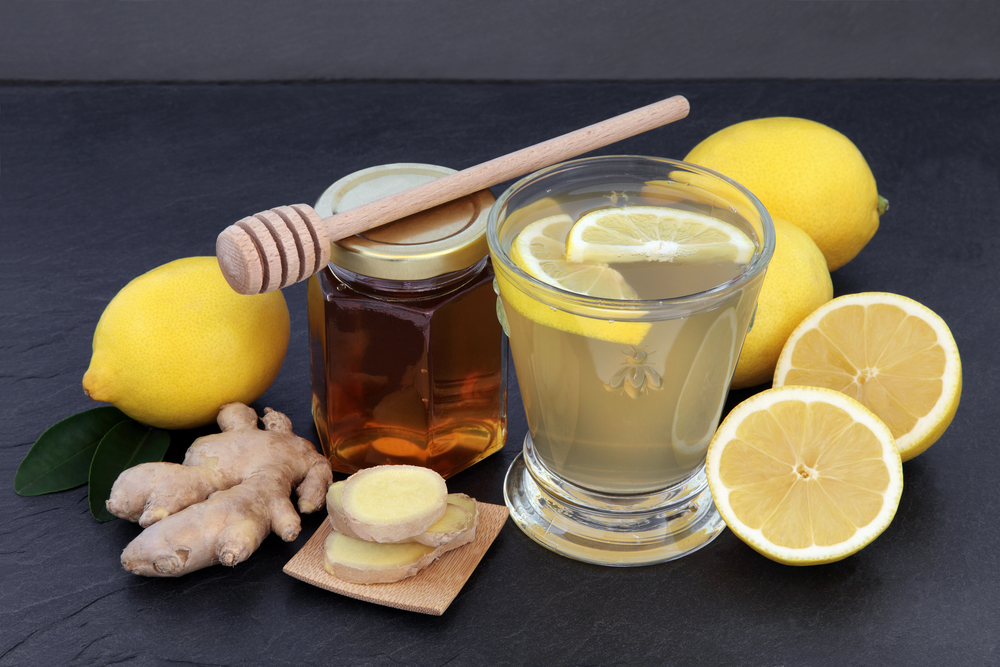
The football season has recently commenced and many footballers will possibly suffer from knee injuries which are likely to include meniscus pathology. Meniscus injuries can be common in any athlete required to make sudden directional changes.
If you have ever experienced clicking, catching, popping or locking in your knee together with pain you may have meniscal damage.
The menisci are fibrocartilage complexes that act as shock absorbers of the knee, helping to dissipate force and decrease wear and tear on the articular surfaces. They also help with rotational stability.
The medial (or inner side) meniscus is at least 3 times more likely to be injured than the lateral meniscus. The most common injury is a tear and these come in several variations including: bucket-handle, longitudinal, horizontal, radial, oblique and parrot beak. These are simply descriptors for the direction and shape of the tear.
Tears can occur for various reasons but are most commonly associated with a flexed knee in conjunction with rotation. They may also occur as a result of chronic wear and degeneration, often in tandem with osteoarthritic changes affecting the knee joint.

Symptoms may include the knee giving way, pain along the joint line of the knee, locking and pain as the knee flexes and extends. Locking can occur due to the knee joint being mechanically blocked due to a loose flap of meniscus.
The meniscus has a limited blood supply – the outer one third of the meniscus is more vascular than the inner two thirds and as such the outer has an increased chance of healing whilst the inner is more resistant to self repair. Unfortunately major tears do not heal or regenerate.
Previously meniscus tears were surgically treated with a meniscectomy in which the meniscus was removed. The long term outcome with these operations was less than optimal – the loss of the meniscus increases the likelihood of osteoarthritis of the knee due to the increased force now being absorbed by the articular cartilage. Preservation of the meniscus is now encouraged through surgical repair.
Some research has shown comparable outcomes between surgery and exercise intervention for certain types of meniscal damage.
If the tear is minor then manual therapy in conjunction with exercise prescription can be beneficial.
Osteopathic treatment can help to address both biomechanical imbalance and strength/tension discrepancies, and to optimise tissue healing capacity. In addition your osteopath can prescribe safe and effective exercises to speed repair and recovery.
Read More Blogs

The Gift of Injury
The Gift of Injury I recently attended a course in Sydney with Dr. Stuart McGill – a world leading low back pain expert from Canada.Dr McGill has released a book “The Gift of Injury” in conjunction with a multiple record …

Experiencing Builders Back?
Builders back! If you’ve had Lower Back Pain you most probably have heard of Builders Back. Osteopaths commonly see builders presenting with common complaints…

7 Top Tips To Avoid Colds and Flu Naturally
7 Top Tips For Avoiding Colds and Flu This Winter, Naturally Cold and Flu season is at its peak right now. If you can’t afford to take sick days or get knocked down by viruses this year, here are some really simple practices you can implement to avoid a non-productive…
Get our latest offer's and tip's!
If you have an enquiry about our services, trading hours or any specific questions, feel free to send us a message.

Come and See Us Today
86 Quambone Street, Worongary
Call 0417 456 640 for bookings and enquiries
Exit 77 off Pacific Highway
Opening Hours
- Mon-Fri: 8:30am - 6:00pm
- Saturday: 9:00am - 12:00pm
